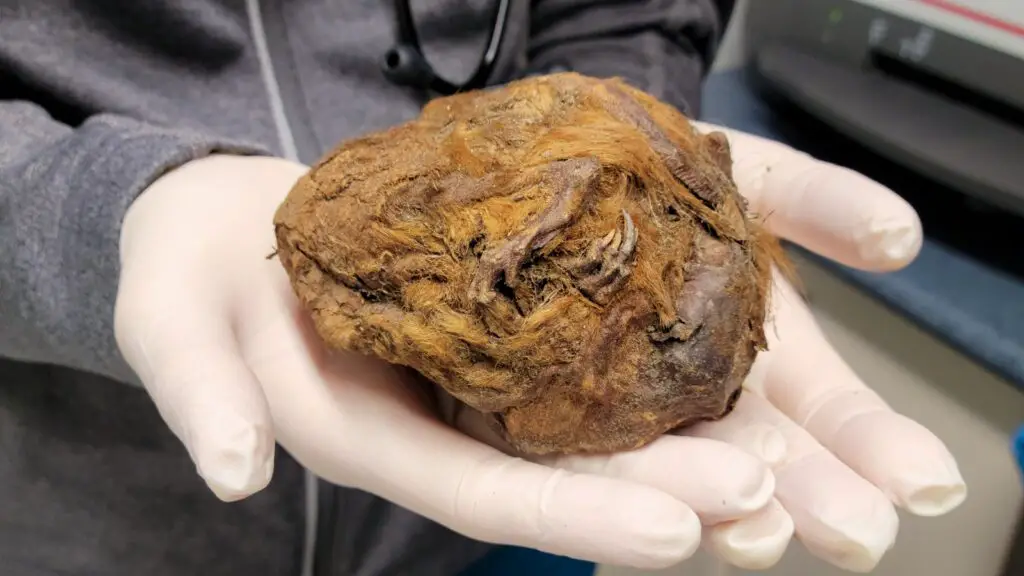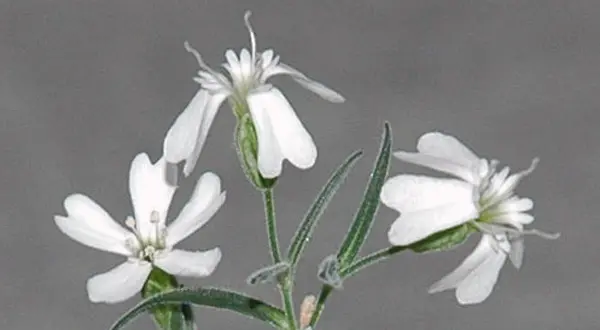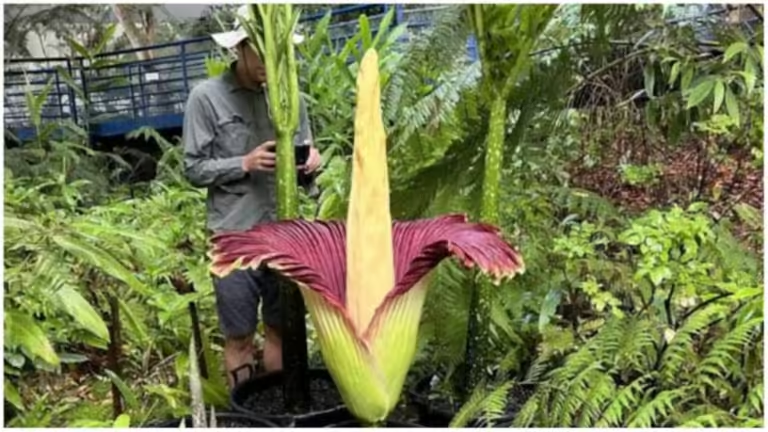The 32,000-Year-Old Seed: Reviving an Ancient Plant from the Ice Age
In a remarkable twist of nature and science, a 32,000-year-old seed of the Silene stenophylla plant was brought back to life, making it one of the oldest viable seeds ever germinated. Discovered inside an ancient arctic ground squirrel burrow in the Siberian permafrost, this tiny seed represents an extraordinary window into the distant past. The discovery not only highlights the resilience of life but also opens new doors to understanding Earth’s ancient ecosystems. Let’s explore this incredible story of survival, scientific achievement, and the enduring power of nature.
1. An Ancient Squirrel’s Last Meal: Seeds Preserved in Permafrost
Over 32,000 years ago, an arctic ground squirrel consumed parts of the Silene stenophylla plant, including its seeds, and stored them in its burrow. This squirrel met its end shortly after, likely during the Ice Age, and its frozen body remained perfectly preserved in the permafrost for millennia. In 2012, Russian scientists excavated this ancient burrow and recovered the squirrel’s body, along with a cache of seeds. Among them was a seed that would change our understanding of plant resilience.

2. Bringing Back the Past: Germinating a 32,000-Year-Old Seed
The Silene stenophylla seed was carefully extracted from the frozen burrow and placed in a controlled laboratory environment. After meticulous preparation, the scientists managed to germinate the seed, coaxing it back to life after being dormant for over 32 millennia. The plant sprouted and grew, eventually flowering—becoming a living specimen of a species that had last bloomed during the Ice Age. This achievement is a testament to the enduring vitality of seeds and the remarkable conditions of preservation in permafrost.
3. Silene Stenophylla: A Survivor of the Ice Age
Silene stenophylla, a delicate flower with white petals, is native to the cold environments of Siberia. The species still exists today, but the ancient version has subtle differences in its genetic makeup compared to its modern descendants, offering scientists a glimpse into how plants have evolved over thousands of years. This revived plant not only provides insights into Ice Age flora but also demonstrates how some species have adapted and survived through drastic climatic changes.
4. The Power of Permafrost: Nature’s Time Capsule
Permafrost acts as a natural time capsule, preserving organic material like plants, animals, and even seeds in a frozen state for thousands of years. This discovery underscores the incredible potential of permafrost as a repository of ancient life. As climate change causes permafrost to thaw, more such discoveries could emerge, offering unprecedented opportunities to study extinct species and past ecosystems. However, it also highlights the urgency of protecting these frozen archives before they are lost forever.

5. Scientific Significance: A Glimpse into Ancient Ecosystems
The germination of the Silene stenophylla seed provides scientists with invaluable data on the genetic diversity of ancient plants. By comparing the revived plant to modern Silene stenophylla, researchers can track genetic mutations and adaptations that have occurred over millennia. This knowledge helps scientists understand how plants respond to environmental changes, which is crucial for predicting how modern species might adapt—or fail to adapt—to current climate challenges.
6. Resilience of Seeds: Nature’s Incredible Survivors
Seeds are designed to endure harsh conditions, but the survival of a 32,000-year-old seed is extraordinary. This discovery highlights the incredible resilience and longevity of seeds, capable of waiting patiently for the right conditions to grow, even after tens of thousands of years. The success of this experiment is not just a triumph of science but also a reminder of the incredible tenacity of life on Earth.
7. Implications for Conservation and Future Research
The successful revival of ancient seeds opens new possibilities for conservation. Understanding how ancient plants survived extreme conditions can inform current efforts to protect endangered species and restore lost habitats. It also raises exciting prospects for the future of paleobotany, as more ancient seeds preserved in permafrost or other environments could potentially be brought back to life, providing a unique window into the past.
Final Thoughts
The story of the 32,000-year-old Silene stenophylla seed is a remarkable example of life’s enduring power. From its humble beginnings in a prehistoric squirrel’s burrow to its revival in a modern laboratory, this ancient plant serves as a living testament to the resilience of nature. As scientists continue to explore the past through discoveries like this, we gain not only knowledge but also inspiration from the tenacity of life that continues to thrive against all odds.
The revival of the Silene stenophylla is more than a scientific breakthrough; it’s a celebration of the extraordinary capabilities of nature. This resilient seed, lying dormant for thousands of years, reminds us that life finds a way, even in the most unlikely of circumstances.






